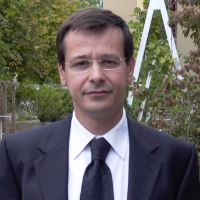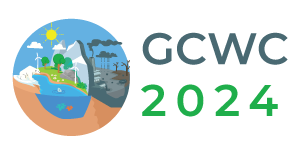
HSE University of Saint Petersburg, Italy
Abstract:
The objective of our study is to predict the financial losses that may result from natural disasters, along with their level of volatility, over a period of 1 to 15 years. Volatility can lead to significant fluctuations in Profit and Loss (P&L) for companies that are affected by unexpected events. To achieve this goal, we created a novel two-factor square-root model that allows us to establish a correlation between the frequency of occurrences and volatility, using correlated Brownian motions. Moreover, we utilized a Generalized Pareto Distribution (GPD) to estimate the maximum potential loss in terms of Value at Risk (VaR) for each specific type of natural disaster. To ensure the reliability of our predictions, we compared our results to those of four reference models and conducted a backtesting analysis. This approach is particularly suitable for insurance companies seeking to maintain stable reserves, but it can also be adapted for any other type of business that is vulnerable to extreme events and aims to safeguard a consistent cash flow for their stakeholders.
Biography:
Giuseppe Orlando is Full Professor at the Department of Economics at the HSE University of Saint Petersburg. Giuseppe does research in Economics, Finance, Actuarial Science and Econometrics. His current projects are on Risk, Business Cycles Modeling, Banking Clearing Problems and Interest Rates Forecasting. In finance, Giuseppe Orlando developed his version of the CIR model so-called CIR# to forecast interest rates. The same model has been fruitfully employed in the forecasting of highly periodic but disrupted by the pandemic time series such as those of tourism. In economics, he developed a deterministic chaotic model of the business cycle within the Kaldor-Kalecki framework. Then Giuseppe Orlando investigated determinism and randomness in the real-world and he found that a deterministic model could be toe-to-toe with a stochastic model.
